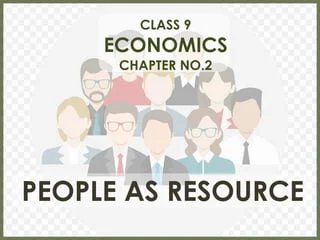Development - Class 10
Development in the context of Class 10 typically refers to the process of economic and social progress in a country or region. It involves improvements in various aspects of life, such as: Economic growth: Increasing a country's GDP and creating jobs. Social development: Improving education, healthcare, and living standards. Human development: Enhancing the quality of life for all citizens. Sustainable development: Meeting the needs of the present without compromising the ability of future generations to meet their own needs. Development is a complex and multifaceted process that involves various factors, including economic policies, social institutions, and technological advancements. It is often measured by indicators such as GDP per capita, literacy rates, infant mortality rates, and life expectancy. দশম শ্রেণির প্রেক্ষাপটে উন্নয়ন সাধারণত একটি দেশ বা অঞ্চলের অর্থনৈতিক ও সামাজিক অগ্রগতির প্রক্রিয়াকে বোঝায়। এর সঙ্গে জীবনের বিভিন্ন দিকের উন্নতি জড়িত, যেমনঃ অর্থনৈতিক প্রবৃদ্ধিঃ একটি দেশের জিডিপি বৃদ্ধি এবং কর্মসংস্থান সৃষ্টি। সামাজিক উন্নয়নঃ শিক্ষা, স্বাস্থ্যসেবা এবং জীবনযাত্রার মান উন্নয়ন। মানব উন্নয়নঃ সকল নাগরিকের জীবনযাত্রার মান বৃদ্ধি করা। টেকসই উন্নয়নঃ ভবিষ্যৎ প্রজন্মের নিজস্ব চাহিদা মেটানোর ক্ষমতার সঙ্গে আপস না করে বর্তমানের চাহিদা মেটানো। উন্নয়ন একটি জটিল ও বহুমুখী প্রক্রিয়া যার সঙ্গে অর্থনৈতিক নীতি, সামাজিক প্রতিষ্ঠান এবং প্রযুক্তিগত অগ্রগতি সহ বিভিন্ন বিষয় জড়িত। এটি প্রায়শই মাথাপিছু জিডিপি, সাক্ষরতার হার, শিশু মৃত্যুর হার এবং আয়ু বৃদ্ধির মতো সূচক দ্বারা পরিমাপ করা হয়।
English
Last updated
Wed, 27-Nov-2024



















